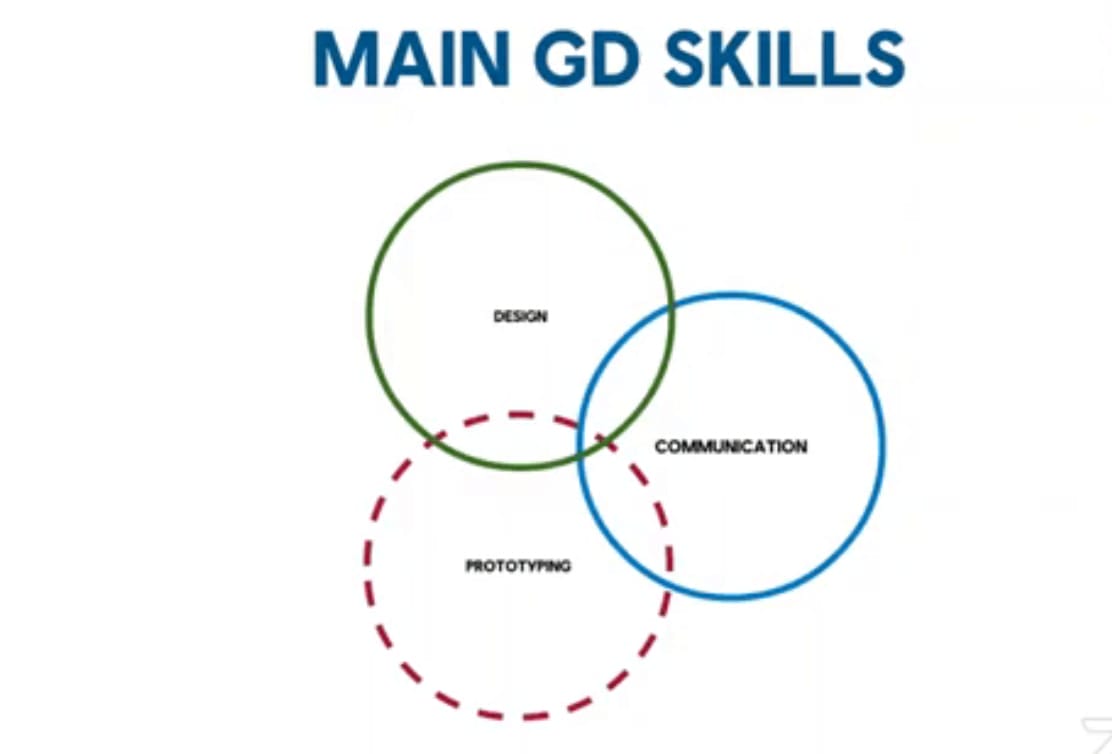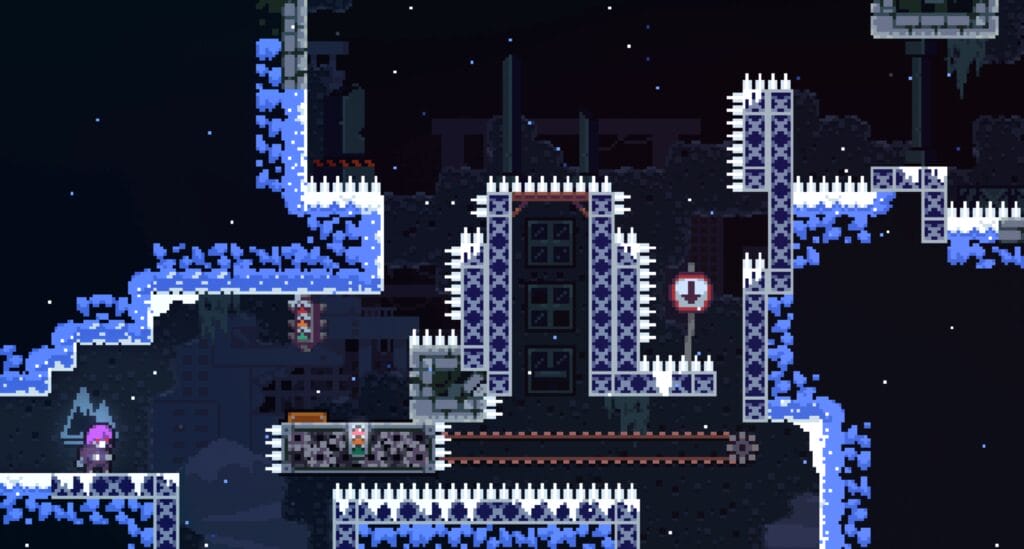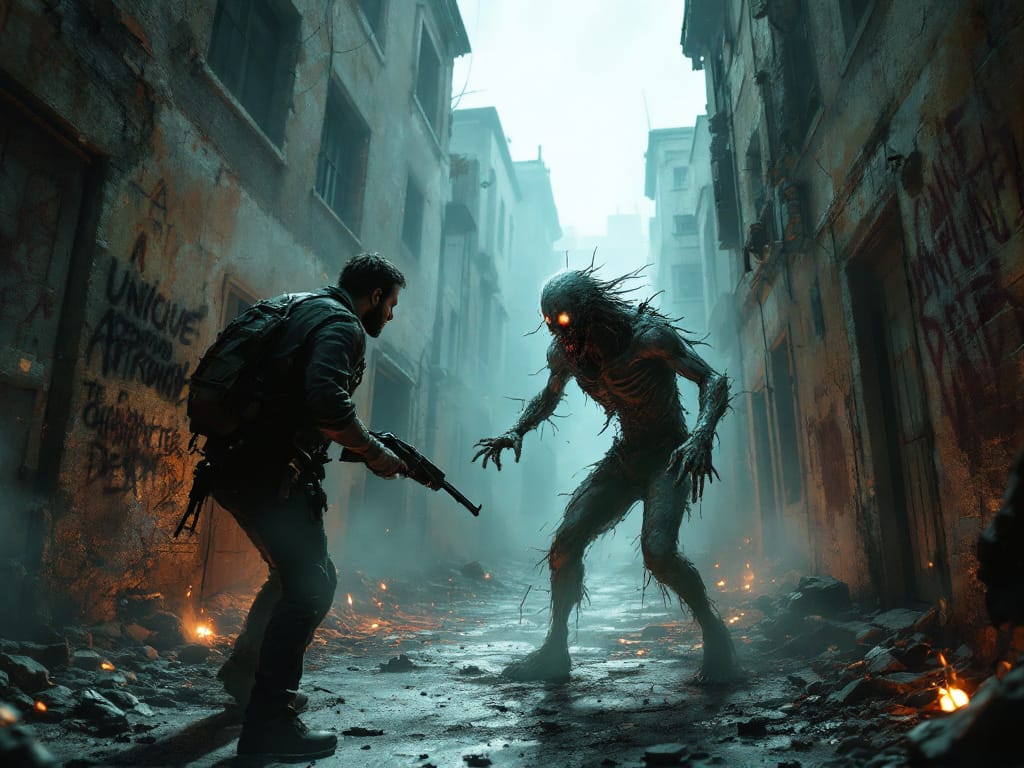Game designers must balance a diverse range of responsibilities and capabilities that are sometimes called the GAME DESIGNER TOOLBOX, that falls into three main areas: Design Skills, Prototyping and Communication skills.
Mastering and synergizing these three competencies forms a solid foundation for success as a game designer. In this section, we’ll explore the components of each in greater depth. Let’s analyze what constitutes well-rounded design, prototyping, and communication aptitude.
This will help also game designers creating great game design documents as we have seen in this article.
Contents: GAME DESIGNER TOOLBOX
GAME DESIGNER TOOLBOX or Core Game Designer Capabilities

Design Skills
Design skills encompass the wide range of knowledge, analytical abilities, and methodologies needed to devise gameplay systems, mechanics, progression models, content pipelines, and other game elements.
This starts with having a solid grasp of game design principles and theory across many disciplines:
- Game Theory: Understanding core loops, reward schedules, difficulty curves, sunk cost fallacy, social game mechanics, etc.
- Systems Design: Ability to construct complex systems with emergent properties and gameplay effects.
- Level Design: Crafting progression through puzzles, missions, worlds, and other content.
- User Experience: Creating intuitive, satisfying interfaces and interactions.
- Monetization: Implementing effective business models and virtual economies.
- Metrics-Driven Development: Using data and analytics to inform design decisions.
Additionally, game designers need knowledge of adjacent fields like narrative design, sound design, visual arts, and psychology.
Strong foundational design skills empower game designers to ideate innovative, holistic experiences and gameplay. However, design capabilities extend beyond just theory and knowledge.
Game designers must also have a repertoire of practical design methods they can apply, including:
- Brainstorming and concept ideation techniques
- Designing economies and numerical tuning
- Balancing risk-reward structures
- Iterative playtesting and feedback incorporation
- Modeling systems dynamics and player psychology
- Analyzing metrics and behavioral telemetry
- Constructing design pillars, feature sets, and content pipelines
- Maintaining game purity and coherence across elements
- Prototyping ideas rapidly to test feasibility
- And many more…
In summary, seasoned design skills enable creating both strategic frameworks and detailed mechanics for compelling, fully-realized games.
Prototyping Skills
Prototyping skills enable game designers to bring their ideas to life through tangible, interactive experiences. This entails technical proficiency with tools like:
- Game Engines: Platforms like Unity and Unreal for 2D/3D implementation.
- Scripting and Programming: Languages like C# for creating gameplay logic.
- Rapid Development Frameworks: Tools like GameMaker and Construct for quick iteration.
- Grey Boxing: Blocking in core mechanics with primitive art.
- Paper Prototyping: Creating lo-fidelity physical prototypes.
With adept prototyping skills, game designers can test concepts quickly via rough simulations. This makes designs concrete for stakeholders, explores feasibility, and drives rapid iteration.
Prototyping is all about failing fast and learning quickly at low cost. It unlocks designing through real-time experiential feedback rather than just theorycrafting.
Communication Skills
Finally, communication skills enable game designers to convey visions and solutions to their cross-disciplinary team. Game development brings together:
- Programmers, engineers, and technical design
- Artists across 2D, 3D, UI, animation, FX
- Producers, managers, marketing, analytics
- Writers, audio designers, composers
- Quality assurance and playtesters
With so many moving parts, clear communication ensures everyone understands the game’s goals and experience. It also coordinates collaboration across disciplines.
Game designers must be competent at various communication channels:
- Presentations and Pitches: Getting buy-in for concepts
- Documentation: Capturing details in Game Design Documents (GDDs)
- Verbal: Discussing ideas and giving feedback
- Visual: Diagrams, mockups, prototypes
- Analytics: Understanding and conveying metrics
In summary, communication ties game design capabilities together into a cohesive whole.
Now that we’ve explored these core skills in-depth, let’s discuss why communication is so crucial for game designers.
Other references on game design skills
The top game design skills you need to master your career
Conclusion: GAME DESIGNER TOOLBOX
In summary, game designers must excel at strategic thinking, technical implementation, and clear communication. Design skills formulate game systems and mechanics. Prototyping skills realize ideas in tangible form. Communication skills tie these together into a cohesive vision and smooth team workflow.
The most well-rounded game designers develop proficiency in all three areas while understanding how to combine them synergistically. They think holistically, convert abstractions into concrete interactions, and rally others around their creative goals.
Now that we’ve explored these core competencies, let’s discuss why communication skills are so crucial for game designers, especially regarding game design documents.
You can find more interesting articles on this topic on our blog.
FAQ Game Designers – Core Capabilities
What are the 3 core capabilities of game designers?
The 3 main capabilities are:
- Design Skills – Knowledge, theory, and methods for creating game systems and mechanics
- Prototyping Skills – Technical expertise to build interactive experiences
- Communication Skills – Conveying vision and collaborating across teams
What constitutes strong design skills?
Key aspects of design skills:
- Game theory foundations
- Systems thinking and modeling
- Level, world, and content design
- User experience optimization
- Monetization and economy design
- Analytics-driven iteration
- Knowledge across disciplines
What tools and skills are needed for prototyping?
Key prototyping skills include:
- Proficiency with game engines like Unity, Unreal
- Programming languages like C#
- Rapid development frameworks
- Gray boxing core mechanics
- Paper prototyping
- Testing ideas through rough simulations
Why are communication skills so important?
Because game development involves many disciplines, clear communication is crucial for:
- Conveying vision and goals
- Explaining ideas and giving feedback
- Coordinating collaboration across teams
- Aligning everyone to create a cohesive player experience
What are some key communication channels for game designers?
- Presentations and pitches
- Game design documents (GDDs)
- Verbal discussions and critiques
- Visuals like diagrams and mockups
- Prototypes and gameplay demos
- Analyzing and presenting metrics/data
How are these 3 capabilities connected?
Design skills generate ideas. Prototyping skills realize them interactively. Communication skills connect them into a greater whole. The most effective game designers synthesize all three.


















